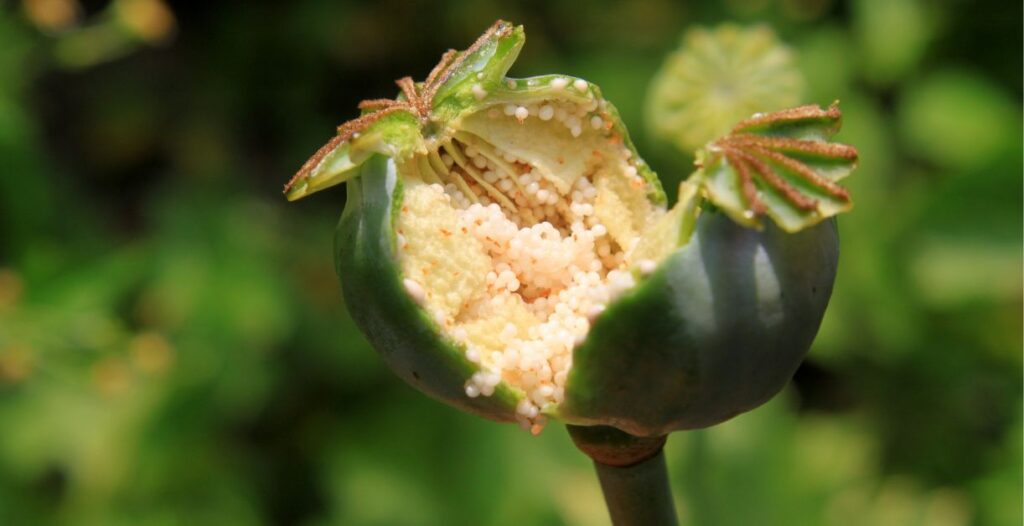
Contents
Introduction to Opium Fashion
Welcome to the vibrant and ever-evolving world of Opium Fashion. Step into a realm where creativity knows no bounds, and self-expression takes centre stage. Join us as we dive deep into this unique fashion movement’s history, characteristics, controversy, and evolution that captivates minds and hearts worldwide. Whether you’re a seasoned fashion enthusiast or just curious about what sets Opium Fashion apart, this blog post is your ultimate guide to understanding its essence and impact on the industry. Let’s explore together!
History of Opium Fashion
The history of the Opium Fashion is extensive and stretches back to the 1900s. It was a defiant reaction to conventional trend conventions, pushing limits and questioning social mores. The word “Opium Fashion” conveys a sense of mystery and intrigue, which indicates this unorthodox trend concept.
Poppy Trend emerged from underground subcultures and became popular among artists, musicians, and free spirits who wanted to express themselves via their clothes. Vivid colours, cutting-edge patterns, and a synthesis of cultural influences marked it. The dope trend came to represent uniqueness and nonconformity.
Opium Style has always pushed the frontiers of creativity and reinterpreted traditional aesthetics. Poppy trend has a long history of being associated with artistic freedom and daring innovation, from its early beginnings in counterculture movements to its current influence on high-trend runways.
Investigating the history of the Dope trend reveals an intriguing voyage characterized by ingenuity, defiance, and unabashed self-expression that still motivates lovers and designers today.
Characteristics of Opium Fashion
Poppy Style is distinguished by its audacious and cutting-edge designs that defy conventions and push limits in the trend world. It frequently uses dramatic silhouettes, elaborate detailing, and luxurious fabrics to convey a sense of grandeur and luxury.
Dope fashion is distinguished by its fusion of Eastern and Western components, combining ethnic inspirations to create distinctive, eclectic items. Clothing that is aesthetically beautiful and culturally significant is the outcome of this mix.
Poppy Trend is also distinguished by its focus on fine craftsmanship and minute details. Each piece, showcasing the talent and expertise of the designers behind the company, is painstakingly crafted to perfection, from hand-embroidered decorations to delicate beading work.
In addition to embracing nontraditional methods and supplies, Dope Trend experiments with fresh hues, textures, and forms to produce avant-garde styles that go against the grain. What distinguishes Opium Trend from popular trends is its willingness to take chances and think creatively.
Influential Designers in Opium Fashion
Poppy Style has been shaped by many influential designers who have left an indelible mark on the industry. These visionaries have pushed boundaries and redefined trend norms, creating iconic pieces that inspire and captivate audiences worldwide.
From pioneers like Yves Saint Laurent, whose groundbreaking designs revolutionized the way we perceive luxury trends, to contemporary trailblazers such as Alexander McQueen, known for his avant-garde creations that challenge conventional aesthetics – each designer brings a unique perspective and creativity to Dope Trends.
The intricate detailing of Jean Paul Gaultier’s designs and the edgy streetwear aesthetic of Virgil Abloh showcase the diversity within Poppy Style and highlight how these designers continuously push the envelope regarding innovation and creativity. Their fearless approach to design has cemented their position as industry legends.
The Controversy Surrounding Opium Fashion
In the trend industry, Dope fashion has long been a contentious issue. Opponents contend that calling something “opium” romanticizes drug culture and feeds negative preconceptions. Some people think it trivializes the difficulties faced by those impacted by addiction and glorifies addiction.
On the other hand, Poppy Trend proponents see it as a creative and artistic expression of freedom. They see it as pushing trend boundaries and challenging conventional conventions. For them, the Dope Style is a way to rebel against the norms of society.
Despite these contrasting viewpoints, one thing is certain: Poppy Fashion never fails to elicit strong emotions and start discussions within the trend industry and society. Whether to applaud it for creativity or condemn it for being insensitive is still debated.
How Opium Fashion Has Evolved Over Time
Opium Fashion has undergone a fascinating evolution over the years, reflecting society’s changing trends and cultural shifts. In its early days, the Poppy Style was often associated with rebellion and counterculture, pushing boundaries and challenging traditional norms.
Poppy Trend began to embrace more mainstream acceptance as time passed, with designers incorporating elements of opulence and luxury into their collections. The once edgy and daring aesthetic evolved into a fusion of sophistication and avant-garde creativity.
In recent years, the Opium Style has become popular as designers push creative boundaries through innovative designs and sustainable practices. The focus on inclusivity and diversity has also played a significant role in shaping the evolution of Poppy Fashion.
It will be exciting to see how the Opium Style continues to evolve, adapt, and inspire new generations of trend enthusiasts worldwide.

Conclusion: The Future of Opium Fashion
As Dope Fashion continues to push boundaries and challenge norms, its future looks promising yet unpredictable. Designers must explore new techniques and materials, creating innovative pieces that captivate the style world. With sustainability becoming a focal point in the industry, Poppy Trend may shift towards more eco-friendly practices.
The digital age will likely influence how Opium Style is showcased and consumed, with social media platforms shaping trends and influencing consumer behaviour. Collaborations between designers from different backgrounds could lead to exciting cross-pollination of ideas, resulting in fresh perspectives on traditional styles.
The future of Poppy Fashion holds endless possibilities as creatives continue to redefine what it means to be at the cutting edge of style. It’s an ever-evolving landscape where imagination knows no bounds.
FAQ
How does Opium Fashion work?
Poppy style creates distinctive and avant-garde designs by fusing luxury, edginess, and boldness. Pushing boundaries in the style industry takes inspiration from various cultures, creative styles, and historical allusions.
Is Opium Fashion a Contentious Look?
Poppy Trend has generated controversy because of its thought-provoking topics, problems with cultural appropriation, and defiance of accepted social conventions. It has, nevertheless, also spurred important discussions around artistic freedom, expression, and inventiveness in style.
Which designers are well-known in the Opium Fashion industry?
Yves Saint Laurent, who established the movement with his famous “Opium” perfume-inspired collection in the 1970s, is one of the leading designers of Poppy Style. Notable individuals like Alexander McQueen and John Galliano at Dior have contributed substantially to this avant-garde style.
How did the Opium Trend change over time?
From its beginnings as a specialized subculture, Poppy fashion has developed into a global style loved by fashionistas everywhere. While adhering to the rebellious spirit that characterizes this distinct aesthetic, designers are still pushing the envelope with their collections.
What does Opium Fashion’s future hold?
Poppy Style will keep developing and influencing upcoming generations of artists. The trend will continue to be shaped by this style for years to come because of its daring attitude and innovative creations.
